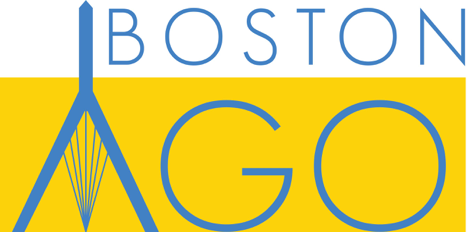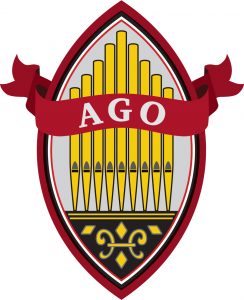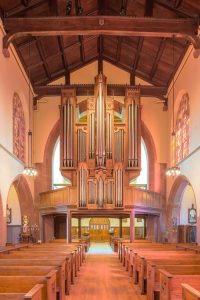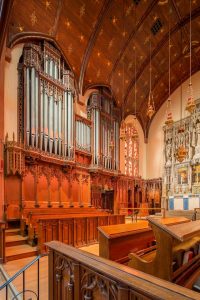209 Ashmont St
Dorchester Center, MA
Data updated 2019
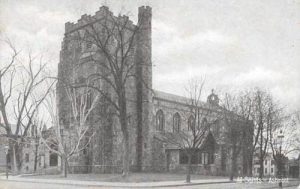 Never underestimate the power of High Church or New England weather. All Saints Ashmont was but a modest wooden chapel the Sunday morning in January 1879 when Oliver and Mary Peabody set out on the 10-mile trek from their Milton mansion to King’s Chapel. Barely underway when overtaken by a howling snowstorm, the co-founder of the investment house Kidder-Peabody and his wife took refuge at their chauffeur’s church, agreeing to sit at the back. Such was their farewell to Unitarianism.
Never underestimate the power of High Church or New England weather. All Saints Ashmont was but a modest wooden chapel the Sunday morning in January 1879 when Oliver and Mary Peabody set out on the 10-mile trek from their Milton mansion to King’s Chapel. Barely underway when overtaken by a howling snowstorm, the co-founder of the investment house Kidder-Peabody and his wife took refuge at their chauffeur’s church, agreeing to sit at the back. Such was their farewell to Unitarianism.
Upon learning that their adopted parish sought larger quarters, the Peabodys recommended and bankrolled a little-known 26-year-old of their acquaintance named Ralph Adams Cram. Cram’s partnership with Bertram Grosvenor Goodhue produced this rough-hewn Quincy granite and Nova Scotia limestone church, opened in 1893, the first step along the architects’ joint paths toward Cadet Chapel at West Point and Saint Thomas Fifth Avenue, and Cram’s solo efforts at the Cathedral of St. John the Divine and Princeton University Chapel. Inside, note the particularly fine stone reredos by sculptor John Evans (another foretaste of Fifth Avenue) and outstanding wood carving by Johannes Kirchmayer in the Lady Chapel altar and above the choir stalls. Between 2013 and 2015, the church was thoroughly restored, the cloister area between church and parish hall re-designed and built anew, and the sacristy completely overhauled.
After 1893, the church was embellished in stages, including both chapels, altar, and chancel organ screens. Hutchings-Votey installed the first instrument in 1902, its twenty-eight voices disposed over three manuals and pedal. Situated below the façade, the console was linked to the chamber with tubular-pneumatic action and mechanical shutter control. In 1930, William Laws, Sr., added three stops, electrified the action, and fitted a new console in the present location; shutter control remained mechanical. Between 1959 and 1962, Thad Outerbridge recast the instrument tonally, using some new pipes and revoicing many existing ones. Through the 1970s, Mr. Outerbridge continued to embellish the organ (including a half-length 32ft reed) in collaboration with Organist and Choirmaster Herbert Peterson. The organ was rebuilt again by others between 1979 and 1981; in 1998, George Bozeman carried out repairs to permit 20 of the resulting 34 stops to function tolerably.
In the mid-1980s Organist and Choirmaster Joseph Payne initiated conversations with C.B. Fisk about new instruments. In October 1987, the parish signed a contract for a four-manual nave organ and a two-manual chancel instrument. As events unfolded, the project re-focused around a single, three-manual nave organ, placed on a gallery designed by architect and longtime parishioner William Buckingham. Except for certain bass pipes, the key action, couplers, and shutter control are direct mechanical; the electric stop action is paired to a multilevel combination action. Op. 103 was completed in 1995.
During the recent building renovation, a team from Fisk returned for a 20-year checkup: adjusting the action, cleaning reeds, and reviewing certain stops for speech and tone. Thus refreshed, the instrument stands ready for many more decades of vigorous and colorful leadership in hymns and voluntaries.
Half a town away from Ashmont, in Dorchester’s Savin Hill neighborhood, stands part of the old Skinner factory, in which that firm worked from 1904 to 1969. In the 1920s, demand for Skinner organs grew to the point that the company operated a subsidiary plant in Westfield, Massachusetts, the staff composed of former Steere workers. One of the last instruments produced there was Op. 708, for First Methodist Episcopal Church of North Adams, Massachusetts. Completed in early 1929, this 20-stop, three-manual served that congregation until the church’s closure in 2008.
Hoping to replace the ailing chancel organ, though uncertain how such a project might be funded, All Saints acquired Op. 708 in June 2012, storing it in the basement until the campus restoration began in 2013. Gifts from both parishioners and generous friends of the Parish were capped by a matching grant from the Joseph Bradley Charitable Foundation. The organ was brought into use in May 2015 and finished that October. The restoration was accomplished primarily by Joe Sloane and Jonathan Ortloff, in a project managed by Jonathan Ambrosino and assisted by Spencer Organ Company, Broome & Co. (reeds), and the A. Thompson-Allen Co. A central aim was to leave original material as undisturbed as possible, an ethos extending to the console, whose original playing aids have been carefully restored and adjusted.
